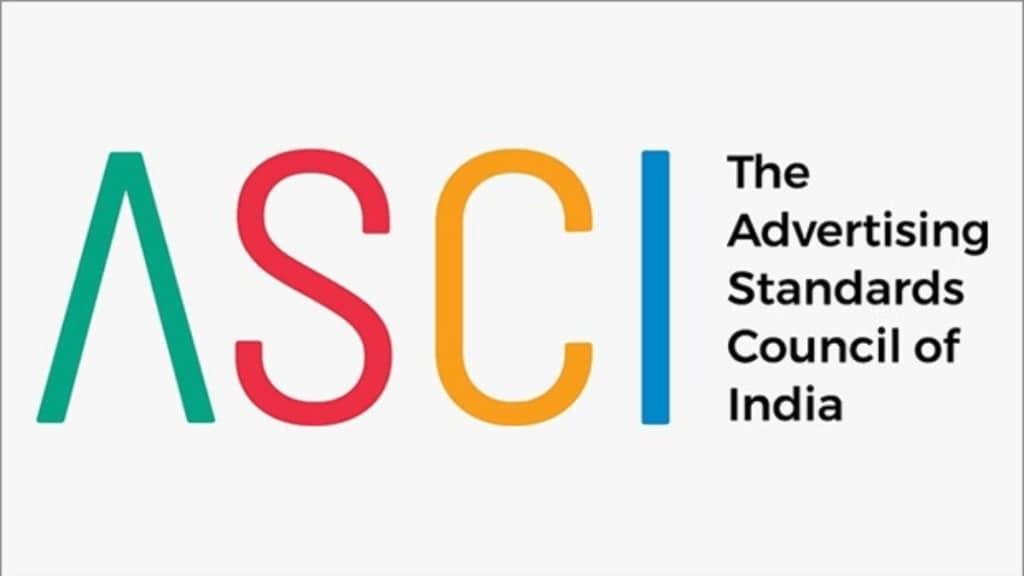The Advertising Standards Council of India (ASCI) and the UN Women convened Unstereotype Alliance (UA), have launched their collaborative study on Diversity and Inclusion (D&I) in Indian advertising.
According to the report prepared by Kantar, compared to 33 percent of consumers across the world, 48 percent of Indians expressed the need for more inclusive representation by brands. While India’s socially aware consumers are an encouragement for brands on the way to inclusiveness and a wake-up call for those yet to embrace D&I.
Moreover, the joint report provides new insights on Indian advertising’s D&I representation versus global practice (leveraging data from the 2023 Global MONITOR survey) and a wealth of original findings on Indian advertising trends accommodating D&I. Some of the key dimensions of D&I representation mapped in the report were age, gender, sexual orientation, race, physical appearance, social class, disability and religion, across 28 markets around the world.
Talking about the report, Manisha Kapoor, CEO and secretary-general, ASCI, said, “There is no doubt that advertising shapes society. Indian advertising is missing the diverse and inclusive narratives that can provide a real edge to brands, as can be seen in the study. Along with The Unstereotype Alliance and other partners, ASCI would like to nudge and support the advertising industry in getting its DEI representation right. The opportunity to include diverse perspectives and stories is a powerful one, and the event showcases the immense benefits both brands and society can derive from such progressive inclusions.”
The study further highlighted that there was a near absence of representation diversity in Indian advertising. The study found a dismal less than 1% representation of the LGBTQ+ community, people with disabilities featured in less than 1% of the ads and only 4% of Indian ads depicted people aged above 65 years.
While the presence of women in ads was comparable to men, sticky stereotypes still prevail. More women are portrayed with fair skin tone (58% of women versus 25% of men on-screen), with less diverse physical appearance (39% of women were shown as slender against 16% men on-screen) and low non-traditional roles (17.5% of women were depicted as the sole caregiver versus 3.5% men characters) and less authoritative (with male characters three times more authoritative than their female counterparts).
Women tended to be shown as younger with 86% of them between 20 and 39 years of age compared to 62% of men.
The study’s Unstereotype Metric or UM, designed by the Unstereotype Alliance with Kantar, regularly tracks advertising to understand the impact on ROI for brands with more progressive advertising. There was an average percentile difference of over 54 (more positive female UM) and 59 (more positive male UM) in brand equity and an average percentile difference of over 32 (more positive female UM) and 38 (more positive male UM) in short term sales likelihood between ads in the top quartile and bottom quartile on the Unstereotype Metric in ads tested by Kantar in 2022.
“Over the past two years, the Unstereotype Alliance in India has united brands, organisations and individuals who believe in the transformative influence of advertising and media in fostering an inclusive society. Our efforts transcend campaigns; we strive to dismantle stereotypes, fostering a cultural shift that champions diversity and inclusion in the advertising industry,” Susan, Fergusan, country representative, UN Women, added.


